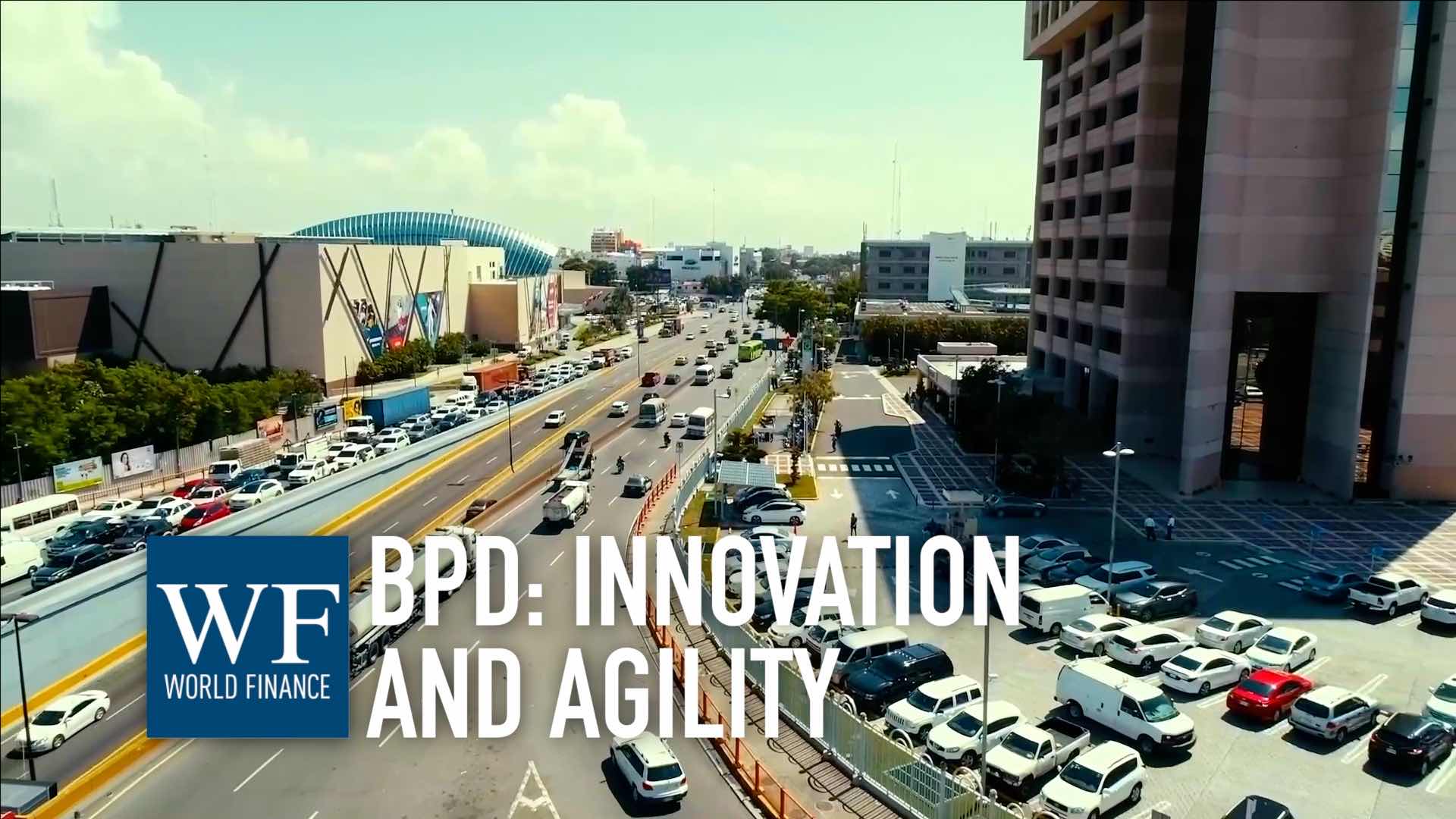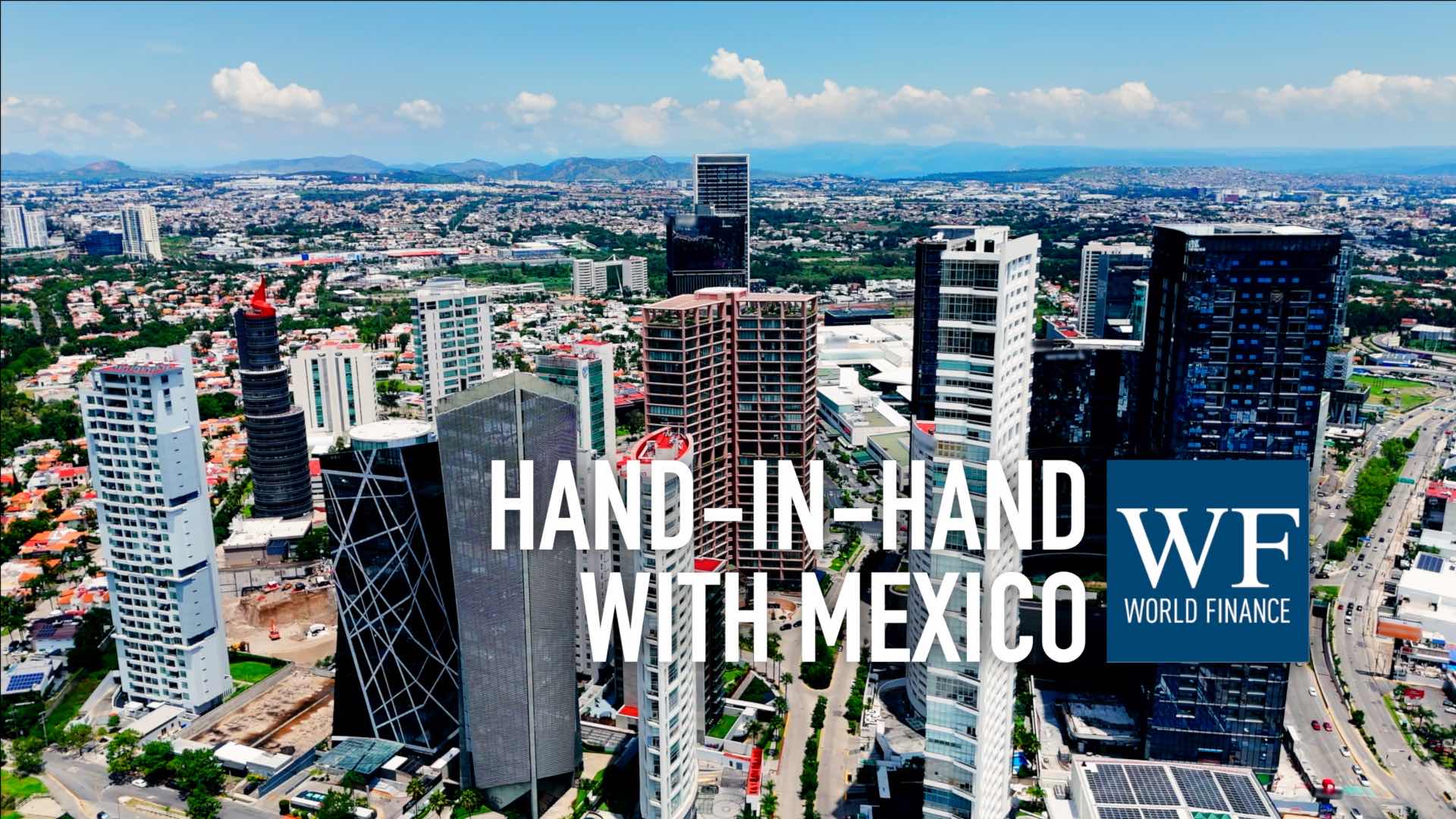Ahmed Kalej on mining in DRC | Gecamines | Video
World Finance interviews Ahmed Kalej, CEO of Gecamines, on restoring the Democratic Republic of Congo's former mining giant
Related:
Transcript
The Democratic Republic of Congo is not the easiest place to do business. But, its state owned mining company Gecamines is experiencing a reawakening of sorts. Ahmed Kalej, CEO of Gecamines, talks about some of the challenges that Gecamines has faced, as well as his role in restoring the former giant to its position as one of the most important mining companies in Africa.
World Finance: First, tell us about some of the challenges that Gecamines has faced in the past.
Ahmed Kalej: Gécamines has overcome many challenges in the past, right up to the recent past. But let us summarise some of them.
First, there is the delay in the research and exploration programme. In normal mining activity, exploration precedes exploitation. But what we find at Gécamines is that there was a significant delay in exploration, which forced Gécamines to exploit while exploration was going on. That’s like flying by instinct.
The second challenge concerns the age of the production unit. The plants are out of date; most of them date from the 60s. And in that state they cause a lot of losses, lots of down-time and ore lost, as a result of the down-time.
The third obstacle – the third challenge – is debt. Gécamines is heavily indebted, which prevents it
from floating finance on the international markets in order to secure funds for its own operations, to restart production.
And the last challenge, but not the least, is the size of the workforce. Gécamines employs more than 11,000 workers for an activity which only requires 4-5,000. There’s therefore a correspondence between the size of the workforce and the level of activity today.
“Why not? It’s an interesting challenge. Yes, there are difficulties, but it’s not impossible.”
World Finance: And what attracted you to the role of CEO at Gecamines?
Ahmed Kalej: I’d say what attracted me was the difficulty. I was born in the region where Gécamines is based, so as a child I saw it in its heyday, and I saw it founder over the course of the years. At the same time I’ve seen other mining companies establish themselves in the area, and they have developed and made money.
When I was asked to take the role I thought, “Why not? It’s an interesting challenge. Yes, there are difficulties, but it’s not impossible.” So, I accepted the challenge.
World Finance: What would you say made your approach to reviving Gecamines different, and more successful?
Ahmed Kalej: First of all, I don’t come from the mining sector. It’s a purely technical undertaking. I trained in finance and worked in the banking sector for a long time. I therefore imagined that the first thing to do was to inform myself.
That’s why, since my arrival, I’ve been engaged in discussions, speaking with the company executives at managerial level, and also with the foremen and those on the factory floor, to try to understand what happened to the company. What made this company, which was so successful, decline to such a level? And that has enabled me to establish a sort of diagnosis, which allows me to delegate, to propose solutions, in order to relaunch production and all its functions.
“A completely restored Gécamines could be a positive influence on the reputation of the Democratic Republic of Congo”
World Finance: As you say, you have a completely different background, so how do you feel your experience informed your approach?
Ahmed Kalej: My past in banking means that I think very analytically, and it has equipped me with rigorous, results-focused management principles. And this background has allowed me to tackle the great challenge at the level of the business, has allowed me to approach it with a style that goes straight to the problem, and to find the solutions that are needed in order for us to relaunch production.
World Finance: So how do you see the future of Gecamines, and what are some of your key objectives?
Ahmed Kalej: Of course I see a successful future for Geecamines, otherwise I wouldn’t have been accepted as CEO. The main objectives are to rapidly grow production, and, according to our strategic development plan, we should reach 100,000 tonnes of copper a year by 2015, and go beyond that, to reach 200,000 tonnes of copper a year in the medium term.
And the other key objective is to maximise profits while minimising exploitation costs, and increasing profit margins in order to be able to deliver shareholder dividends.
“We should reach 100,000 tonnes of copper a year by 2015”
World Finance: And finally, what impact do you think a fully restored Gecamines would have on the reputation of the Democratic Republic of Congo?
Ahmed Kalej: A completely rehabilitated and restored Gécamines could be a positive influence on the reputation of the Democratic Republic of Congo. In the sense that it will allow the country to regain its position among the world-leading producers of copper.
By increasing its production like this, it will also raise revenues and increase its contribution to the country’s growth rate. And if the growth rate increases, it will also allow the country to be classed among the great countries, even among the emerging economies. Why not? And that is something positive for the country’s reputation.
World Finance: Mr Kalej, thank you very much for your time.
Ahmed Kalej: Thnk you very much.

 Banco Popular Dominicano: Digitalising Dominican finance
Banco Popular Dominicano: Digitalising Dominican finance Banorte: Growing together, growing with Mexico, growing with you
Banorte: Growing together, growing with Mexico, growing with you
